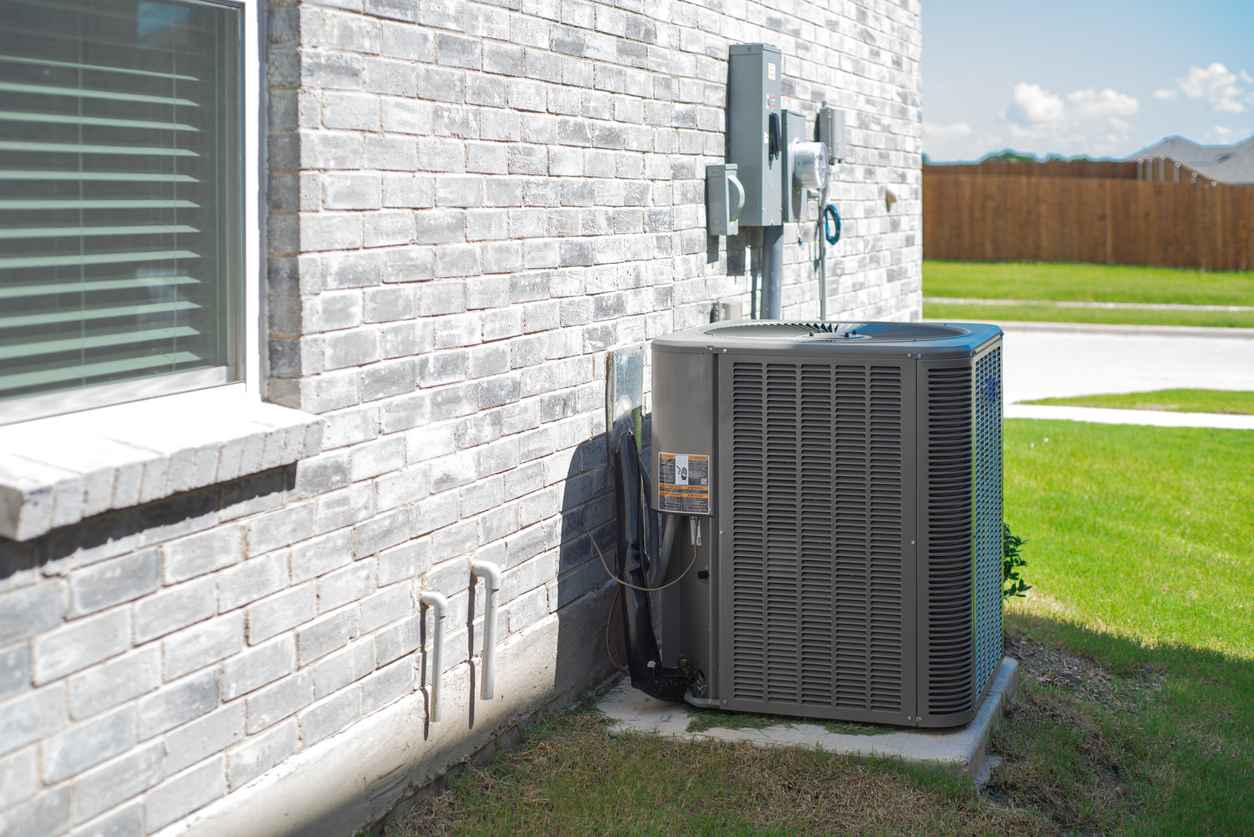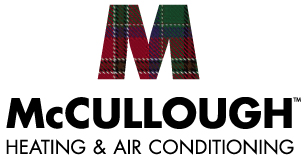4.8 Google Rating
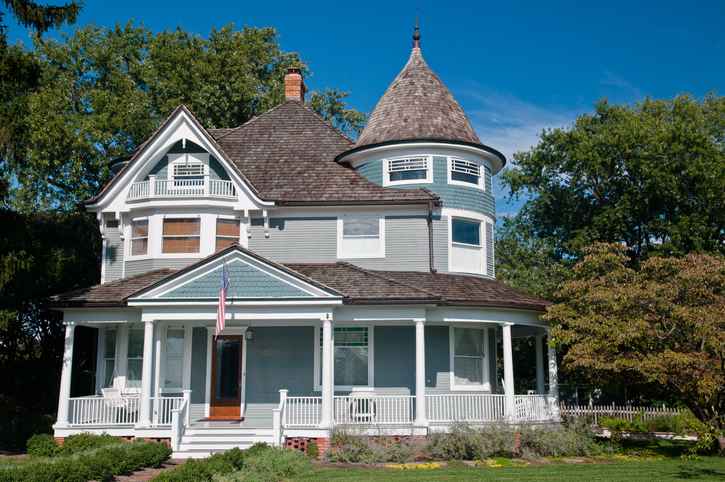
Why Austin’s Older Homes Need Special Attention When It Comes to HVAC Efficiency
Austin is known for its charm, character, and historic neighborhoods filled with older homes. While these properties offer unique beauty and craftsmanship, many were built decades before today’s energy standards. As a result, homeowners often face challenges when trying to maintain consistent comfort and efficiency, especially during Texas’s long, hot summers.
Older homes tend to have outdated HVAC systems, leaky ductwork, and insufficient insulation that make it harder to keep energy costs under control. Without proper upgrades and maintenance, these factors can lead to higher utility bills, poor indoor air quality, and uneven temperatures throughout the house.
In this blog, McCullough Heating & Air Conditioning explains why Austin’s older homes require special care when it comes to HVAC efficiency, what common problems to look for, and how modern solutions can make a noticeable difference in comfort and cost savings.
Why HVAC Efficiency Matters in Austin’s Climate
Austin’s weather creates unique demands on home HVAC systems. With long, hot summers, high humidity, and occasional cold snaps in winter, maintaining indoor comfort can be a year-round challenge. An efficient HVAC system not only helps your home stay comfortable but also saves energy and prevents unnecessary wear on your equipment.
High Cooling Demand in Summer
Air conditioners in Central Texas work harder and longer than in most parts of the country. Without proper maintenance or upgrades, older systems struggle to keep up with 100-degree days, leading to higher energy bills and frequent repairs.
Balancing Humidity and Comfort
Austin’s humidity levels can make even moderate temperatures feel warmer than they are. An efficient system manages humidity effectively, reducing the strain on your air conditioner while improving indoor air quality and comfort.
Impact on Energy Bills and Sustainability
Inefficient systems waste energy and money. With rising electricity rates, Austin homeowners are increasingly focused on energy-efficient air conditioning systems that reduce power consumption while maintaining consistent cooling performance.
Unique Challenges in Austin’s Older Homes
Austin’s older homes are full of charm, but they often come with outdated infrastructure that makes achieving modern HVAC efficiency difficult. Most were built before today’s energy codes, meaning their heating and cooling systems were designed for very different conditions than the ones Texas homeowners experience today.
Outdated Ductwork and Ventilation
Many older homes in Austin still rely on duct systems installed decades ago. Over time, ducts can become leaky, poorly insulated, or undersized, leading to uneven airflow and wasted energy. Even small leaks allow cooled or heated air to escape into attics and crawl spaces instead of reaching the rooms where it’s needed most.
Poor Insulation and Air Sealing
Houses built before the 1980s often lack proper insulation and air sealing. Drafty windows, thin walls, and unsealed attics make it hard for HVAC systems to maintain consistent indoor temperatures. This causes units to run longer and work harder, driving up energy use.
Structural and Design Limitations
Older homes weren’t built with central air conditioning in mind. Many have small mechanical closets, limited duct space, or original architectural features that make installing or upgrading HVAC systems more complex. These design constraints require creative solutions to maintain efficiency without compromising the home’s character.
Common HVAC Issues Found in Older Austin Homes
Even when maintained over the years, older Austin homes tend to develop recurring HVAC problems that impact comfort and energy efficiency. Many of these issues stem from outdated equipment, leaky ductwork, and the natural aging of the home’s structure.
Undersized or Outdated HVAC Units
Older homes often still rely on HVAC systems installed decades ago or replacements that don’t match the home’s current needs. As insulation, windows, and room layouts change, the original system may become undersized or overworked. This leads to longer run times, uneven cooling, and higher electricity bills.
Leaky Ductwork and Poor Air Distribution
Aging ductwork is one of the biggest culprits of energy loss. In many Austin homes, ducts located in attics or crawl spaces develop cracks or loose seals that allow conditioned air to escape. The result is inconsistent room temperatures and wasted energy.
Insufficient Insulation and Air Leaks
Thin attic insulation and unsealed wall gaps allow conditioned air to escape, forcing your HVAC system to compensate. In Austin’s hot summers, this can drastically reduce cooling efficiency and comfort, particularly in upstairs rooms or additions.
Humidity and Indoor Air Quality Problems
Without proper ventilation or modern humidity control, older homes often feel stuffy or damp. Excess moisture encourages mold growth, while low ventilation rates allow allergens to build up inside.
Modern Solutions to Improve HVAC Efficiency
The good news for Austin homeowners is that older homes can be made just as comfortable and efficient as modern ones with the right upgrades. Advances in HVAC technology, insulation, and smart controls offer multiple ways to improve performance, lower energy bills, and protect the character of your home.
Upgrade to a High-Efficiency HVAC System
Today’s energy-efficient air conditioners and heat pumps use advanced compressors and variable-speed motors that deliver consistent comfort with less energy. Replacing a decades-old system with a modern, properly sized unit can reduce cooling costs by as much as 30 percent while improving humidity control.
Seal and Insulate Ductwork
Professional duct sealing prevents energy loss and ensures every room gets the airflow it needs. Adding insulation to attic ducts helps maintain stable air temperatures, especially in Austin’s extreme summer heat.
Add Zoning and Smart Thermostat Controls
Zoning systems allow homeowners to control the temperature in different parts of the house independently. Combined with a smart thermostat, this approach balances comfort and efficiency by only conditioning the areas you use most.
Improve Insulation and Air Sealing
Upgrading attic insulation and sealing air leaks around windows, doors, and baseboards helps your HVAC system work less to maintain comfort. These improvements also stabilize humidity levels and reduce hot and cold spots throughout the home.
Make Your Older Austin Home More Efficient and Comfortable
Austin’s older homes deserve the same level of comfort and energy efficiency as newer builds, they just need a little extra care to get there. From leaky ductwork and poor insulation to outdated HVAC units, these issues can all add up to higher energy bills and uneven temperatures. Fortunately, modern HVAC technology and expert upgrades can solve these challenges without compromising your home’s charm.
A professional inspection can reveal where your system is losing efficiency and what improvements will make the biggest difference. Whether it’s a high-efficiency unit, duct sealing, or smart thermostat installation, the right upgrades will help your home stay cool in summer, comfortable in winter, and energy-efficient all year long.
For tailored solutions and expert service, contact McCullough Heating & Air Conditioning. We specialize in improving HVAC efficiency in Austin’s older homes, helping homeowners save energy while maintaining the unique character of their property.
Recent News

Why Austin’s Older Homes Need Special Attention When It Comes to HVAC Efficiency
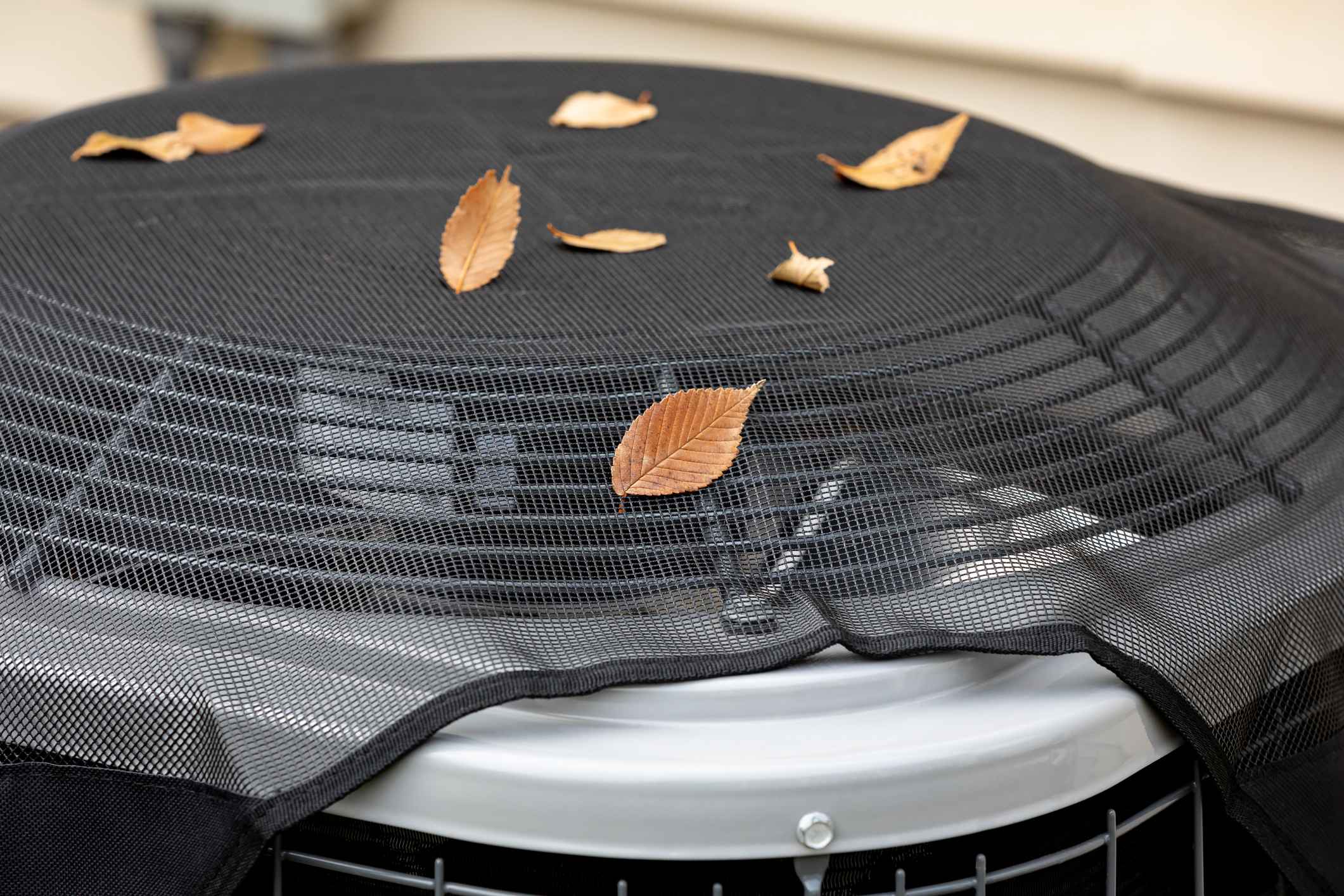
Staying Cool This Fall: HVAC Tips for Austin Homes During October Heat
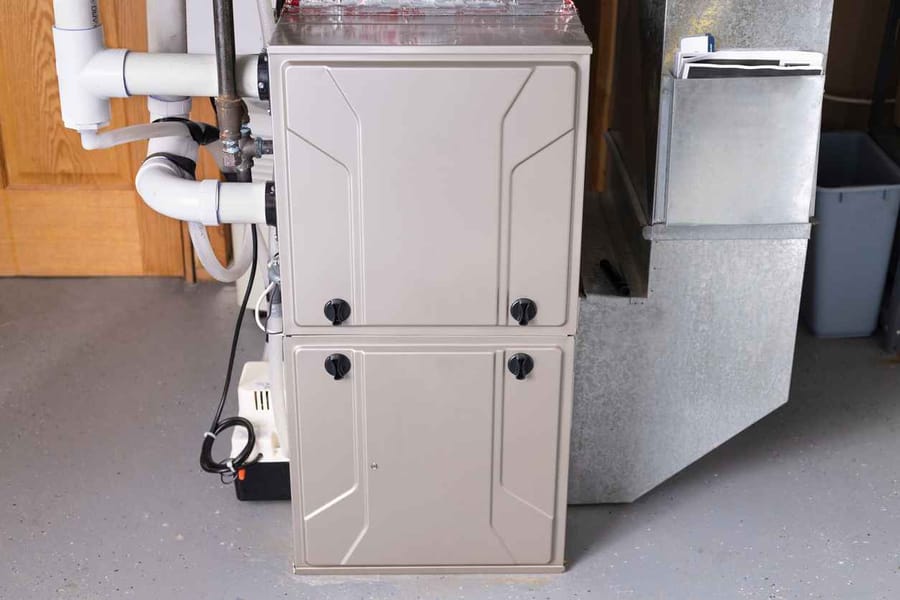
When to Consider a Heating Upgrade in Central Austin
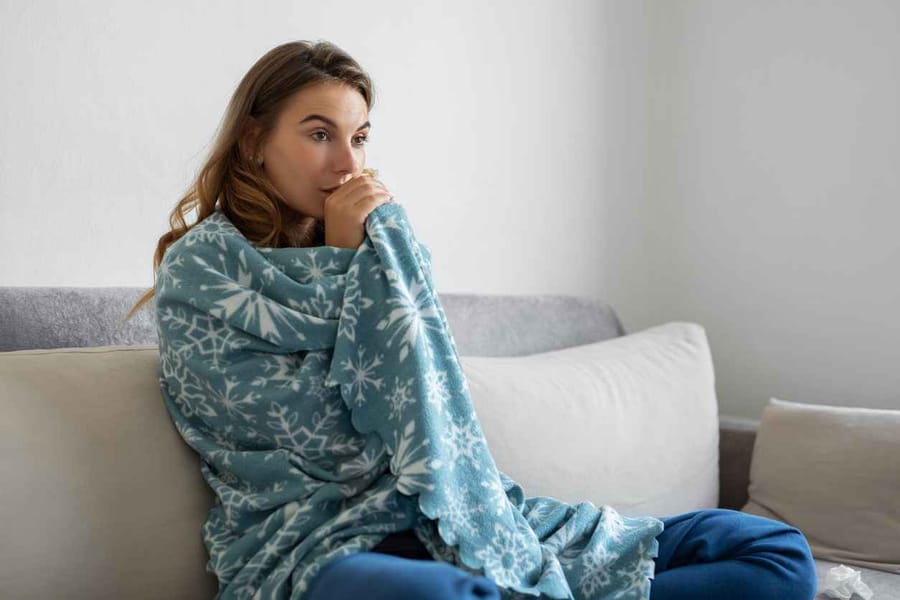
Top 10 Common Texas Heater Problems and How to Solve Them Yourself
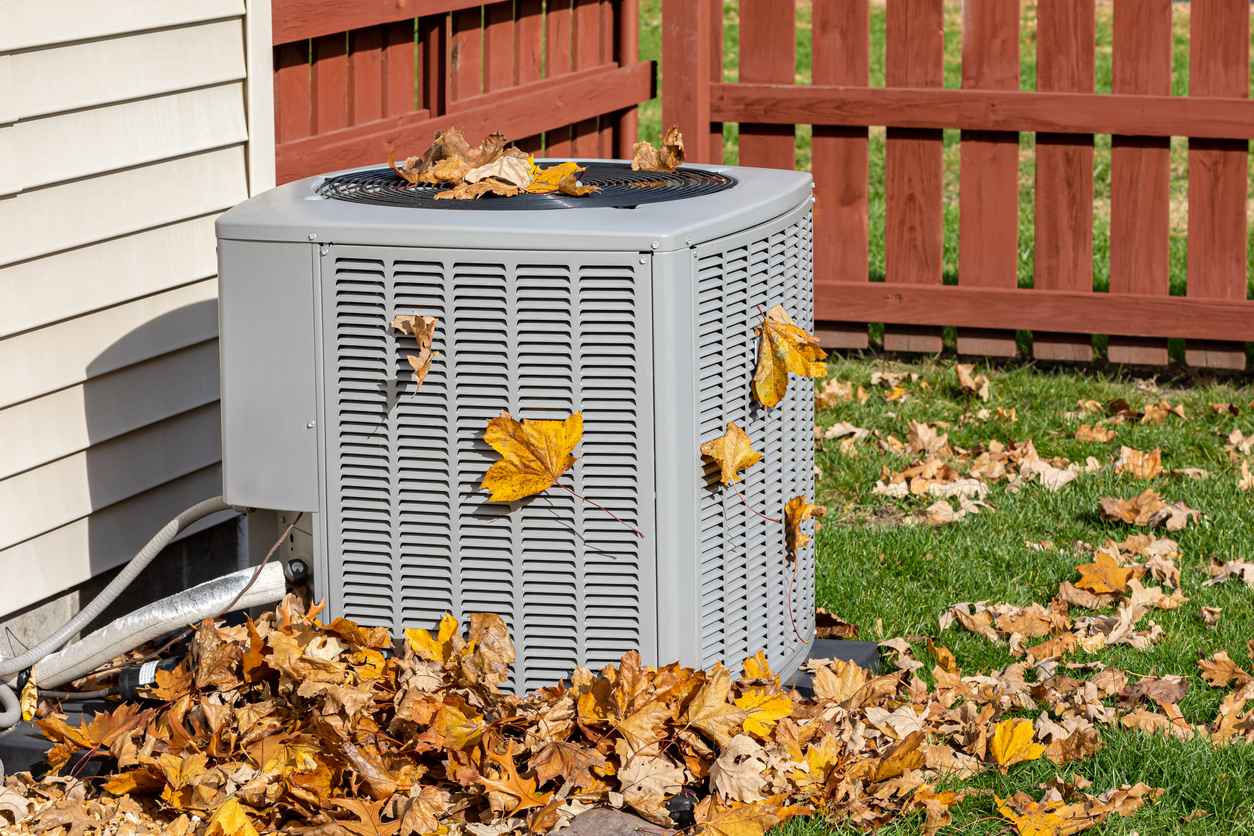
Fall HVAC Maintenance Checklist for Austin, TX Homes
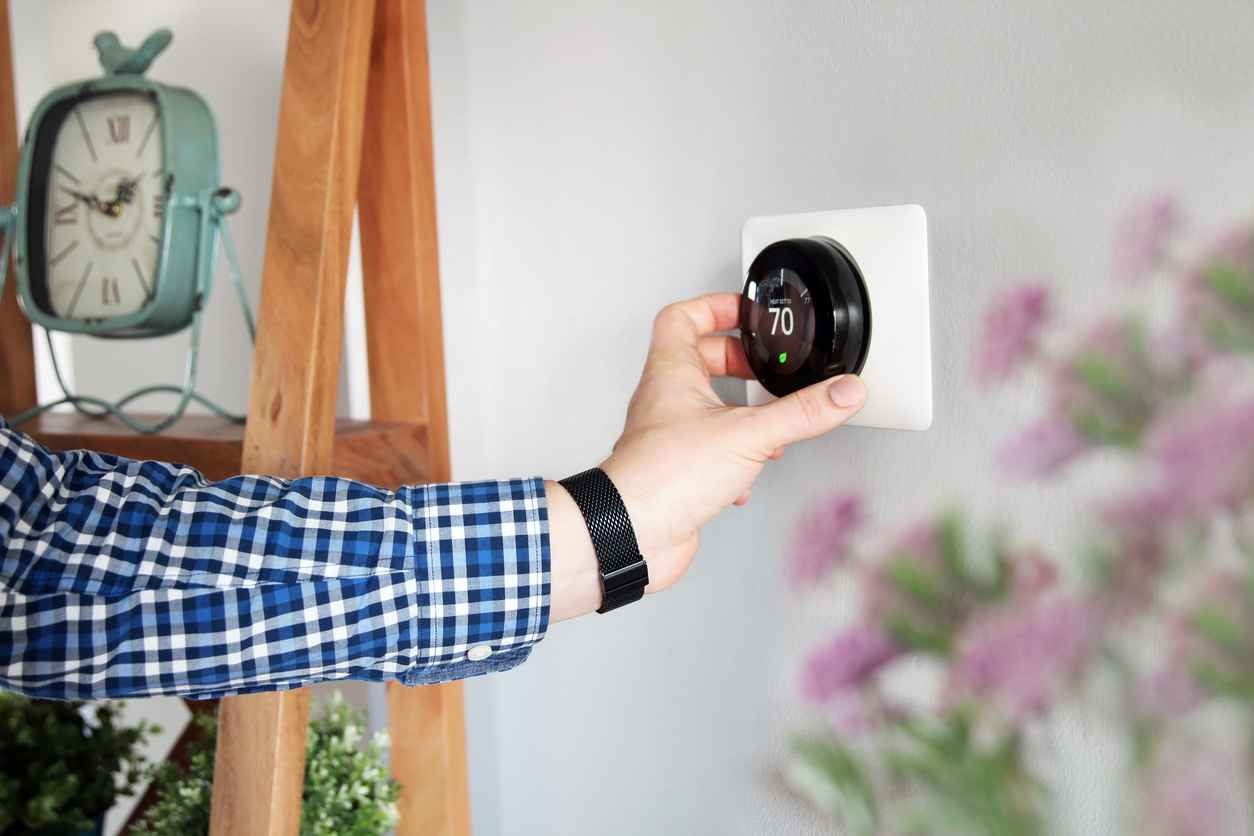
Why Your Thermostat Might Be Costing You Money in Austin
